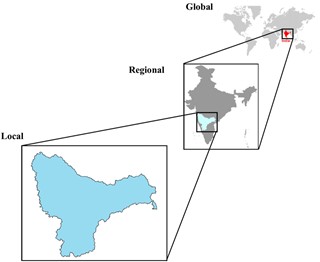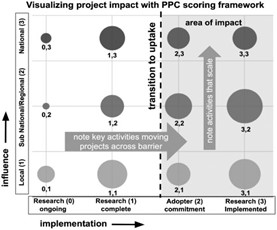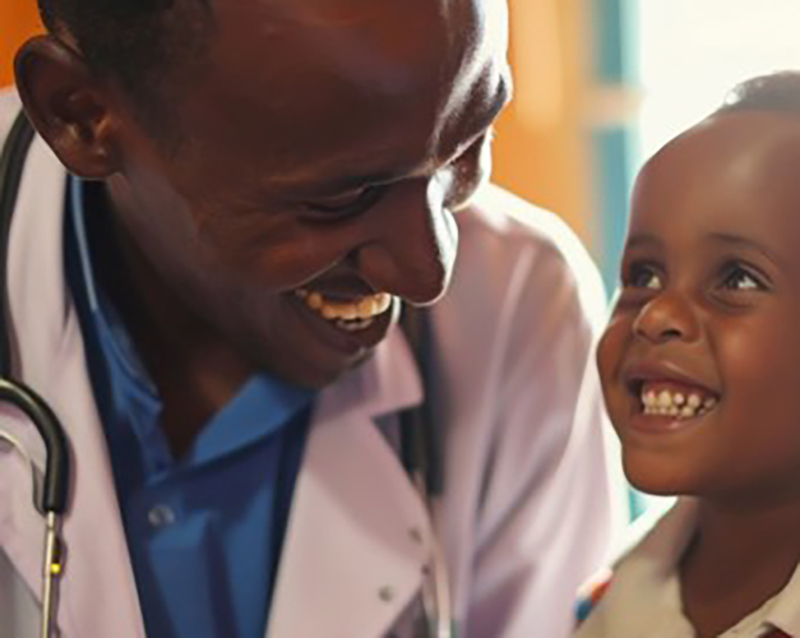For many academic researchers, impact is measured by publications in influential journals, presentations at important conferences and citations. Researchers are, of course, evaluated by these metrics as well as overall publication, grant and award productivity. However, these metrics fall short because they do not incentivize researchers to continue a successful project after publication, and they do not encourage direct impact on the health and wellbeing of people.
Effectively translating research for maximum impact involves not only adapting the language and format of research but also advocating toward its use in policy and practice.
“Traditional academic pathways to practice and policy impact are indirect,” said Christopher Rice, research translation & policy lead at the IU Center for Global Health Equity. “There is an assumption that a well-cited article in a well-read journal will eventually reach where it needs to go, but that is not always true.”
Critically thinking through realistic impact possibilities and creating impact objectives at the onset of a project can be beneficial. Impact objectives are guiding statements of the practice or policy impact the project aims to achieve and how it intends to get there. These statements can target areas such as amendments to existing policies, changes in implementation of policy, adoption of practice, structural or procedural changes and more.
Ideally, an impact objective is part of a larger monitoring and evaluation (M&E) framework with indicators developed to measure outputs, outcomes and impacts. Although these indicators are tied together, output metrics are not usually considered to be an impact of research. These metrics measure productivity and can indirectly allude to impact, but to measure impact, investigators should look more broadly at larger outcomes and impacts.
”For example, while conducting a large number of workshops or presentations is great and might allude to impact, impact is usually best assessed in terms of broader structural changes that result from this activity,” said Rice
It is important for researchers to look at the type and level of impact they are targeting. For health policy, this could range from small changes in policy or guidelines or shifts in budget allocation to the creation of new policies or guidelines or changes in implementation of existing policy.

Policy impact can occur at a variety of levels -- Local, regional, national, international, and global. Source: https://www.researchgate.net/publication/280644589_Statistical_downscaling_of_GCM_outputs_using_wavelet_based_Dmodel
The impact on healthcare practice could include changes to standards and protocols, redesigning services and community adoption. These changes can range from local to global.
In lieu of these types of changes, other indicators such as research citations in legislation or government reports, the use of research findings by policy advisory groups or committees or networks created between researchers and policy stakeholders can reflect the impact of research. Community resource strengthening, increased public attention of issues and increased media coverage are other potential research impacts.
“Not every research project needs to show that something works and attempt to scale that change. Halting harmful or ineffective practices through research is also incredibly impactful and important,” said Rice. “Sometimes effective media coverage and influencing public awareness or opinion can be much more powerful than a line in legislation. Behavior change communication about smoking and contraception are positive examples of this,” he added.
Ultimately, though, healthcare research impact is about improving lives and livelihoods. These improvements are often measured by changes in observable behaviors such as socioeconomic indicators, quality of life metrics or healthcare system changes. Disease incidence, burden of disease, hospitalization rates, savings on healthcare cost and disability-adjusted life years are potential areas to measure impacts.
Complex issues like practice and policy change take time, and do not happen upon the immediate close of a project. Following up on research is useful to see if intended impacts have occurred outside the project lifecycle.
Researchers, of course, are not incentivized to measure the impact of their work if not required by a sponsor or department. By partnering with a clinic, advocacy organization or ministry official, investigators can consult about how to measure planned impact and align on previously developed indicators.
“Donors are increasingly focused on research impact, so at project onset researchers should propose impact metrics and request the resources to effectively measure them,” said Rice.
Research impact often does not end with one study. Large-scale research impact can take years of collaboration with multiple partners and even multiple funders. Sustainability to continue work is critical for impact when research projects are typically just a few years long. Beyond funding, convincing others to continue championing your findings is an impact in itself.
“Healthcare projects can be short in duration with aggressive timelines, so looking into project sustainability is crucial in realizing potential impact,” said Rice. “Opportunities for replication, scale or sustained funding and advocacy will extend the potential impact beyond traditional project life cycles.”




